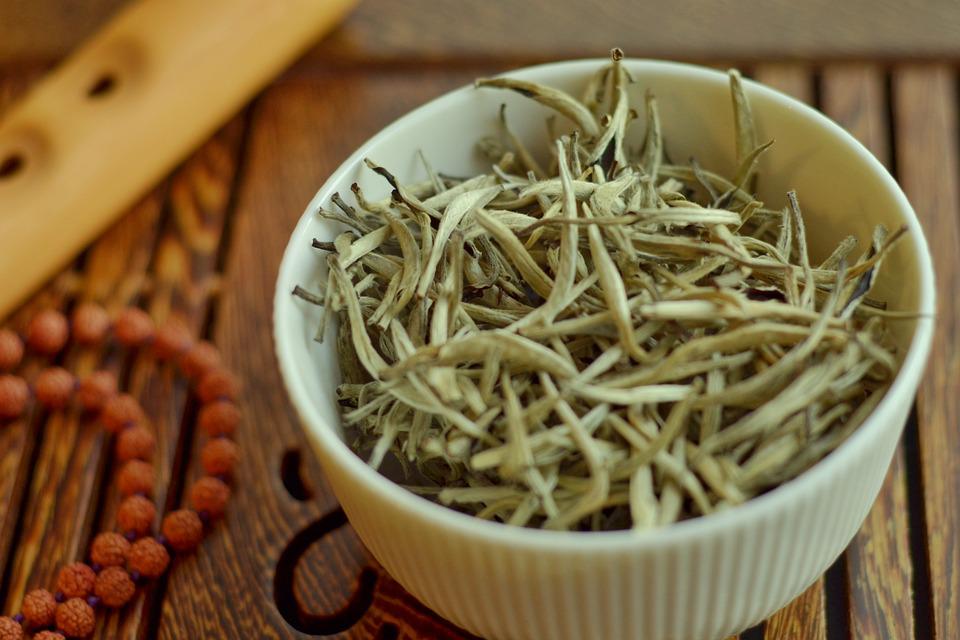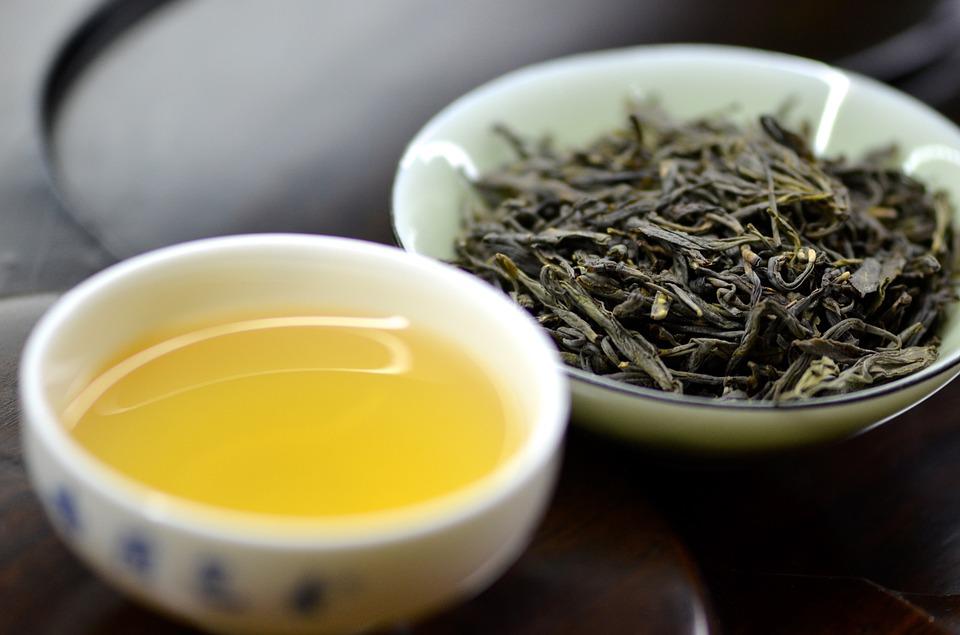There’s nothing like a freshly brewed cup of Ceylon tea to start your day. Fans of tea know that Ceylon tea has so much history, and you are about to learn all about it! So, keep reading!
- Ceylon tea – Ceylon tea is a type of tea made from the tea plant called Camellia sinensis. During the British colonial era, Sri Lanka became known as Ceylon, and the name given to the tea produced on the island was Ceylon tea. The British became focused on turning the production of tea into a massive enterprise, and they succeeded in their endeavour; Ceylon tea is now one of the most popular beverages in the world. There are several types of Ceylon tea in Sri Lanka, and they include black tea, white tea, and green tea. Black tea is the most loved type of tea. Ceylon tea is also one of the tea varieties used to make English Breakfast Tea and Earl Grey.
- Taste of Ceylon tea – The taste of Ceylon tea varies depending on the elevation of the tea plantation. The higher the elevation, the lighter the tea. For strong notes, you need to choose a tea grown at lower elevations. Ceylon Green Tea is grown in the Uva Province of the island; this type of green tea is stronger than Japanese and Chinese green tea. Ceylon green tea has strong nutty notes, and this is widely consumed in African countries and the Middle East. Sri Lanka also produces silver-tip tea. This is the most expensive tea and is grown in the upper region of the country. White tips carry a mild sweetness interspersed with pine notes.
- Cultivation of Ceylon tea – Ceylon tea is cultivated in various regions of Sri Lanka. From Central Province and Southern Province to Sabaragamuwa Province and Uva Province, the country’s tea producers such as Anverally & Sons take advantage of the diverse landscape of the country. Needless to say, Central Province is the most popular area for tea production – the trains travelling to the upper reaches of the country snake through the beautiful tea plantations of Central Province.
- Packaging – Sri Lanka administers strict regulations when it comes to the packaging of tea. Teas produced in the country bear the lion logo indicating that the tea was grown in Sri Lanka. To be the carrier of the logo, however, tea manufacturers first need to go through a series of inspections.
- Grading – Ceylon tea is graded. The grading is based on the style and the size of the tea leaves. Orange Pekoe is the highest grade; this tea has a light and delicate note. Pekoe is another grade, and it has a bitter note compared to Orange Pekoe. Broken Orange Pekoe is considered the best and highest of the broken leaves. These are also fannings; these are the leftovers from the production of high-quality tea. Flowery Broken Orange Pekoe is also a type of fannings; this tea is produced from broken and old tea leaves, and it has a distinct flavour that you don’t find in other types of Ceylon tea. Dust is the lowest grade of tea, and it’s made of ground tea leaves. Dust is typically used for mass commercial brewing. Silver tips are the most expensive; they are produced from the youngest tea plants. Silver tips have a smooth and velvety flavour.
- Benefits of Ceylon tea – Ceylon tea is loaded with antioxidants like flavonoids, polyphenols, and catechins. Drinking a cup of Ceylon tea in the morning is also known to improve heart health. What’s more, if you are feeling a little down in the mouth, all you have to do is gulp down a cup of Ceylon tea, and you’ll feel right as rain!




